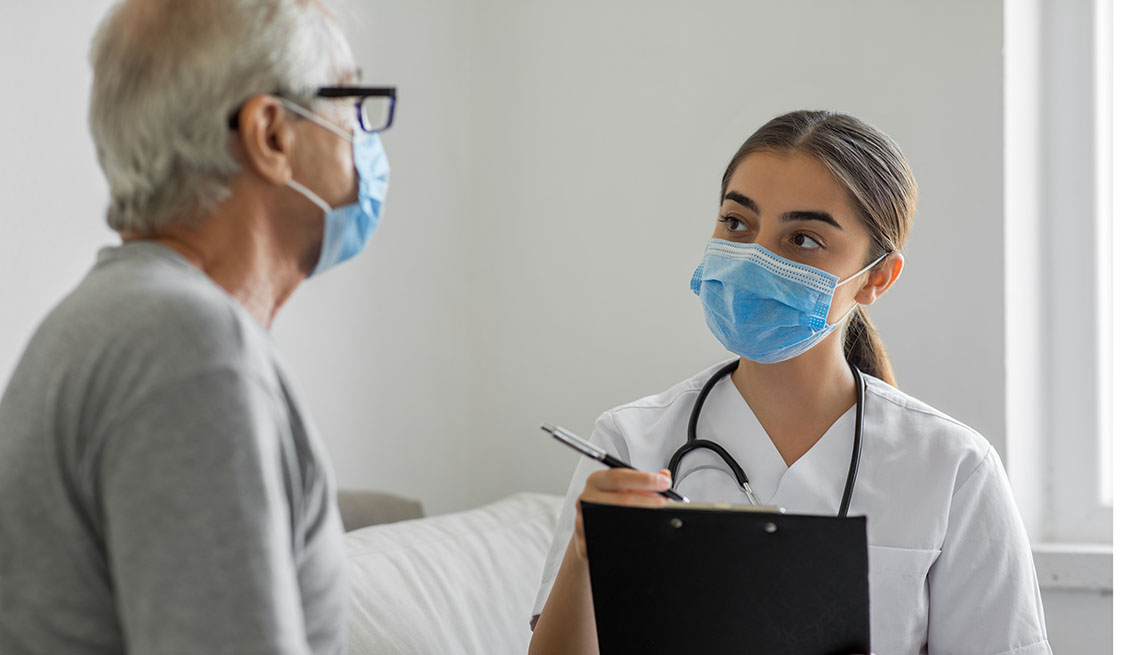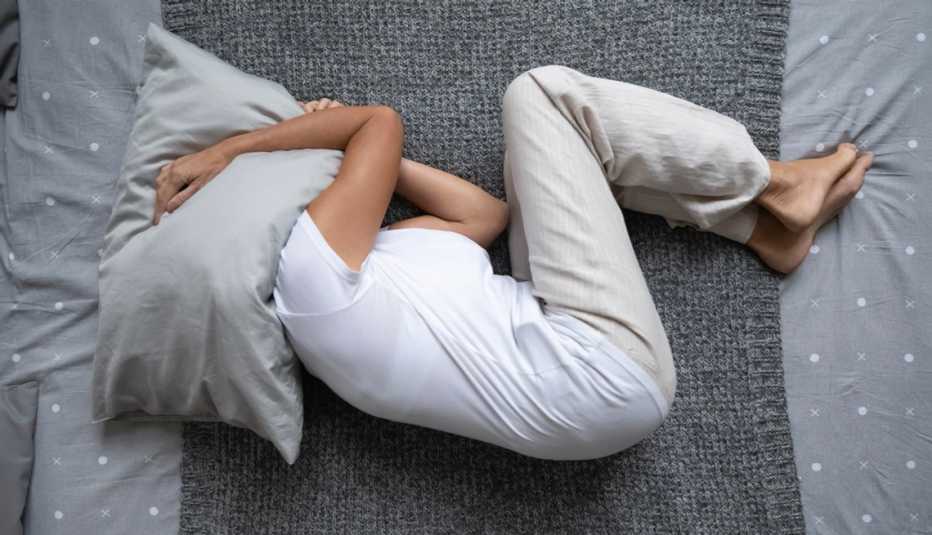Staying Fit
When the pandemic began, María L. De León, a movement disorder specialist in Nacogdoches, Texas, admits she was anxious about contracting the coronavirus.
Having lived with Parkinson's disease (PD) since she was 38, De León says, “I have known over the years that we are more susceptible to infections, and we take longer to recuperate."


AARP Membership— $12 for your first year when you sign up for Automatic Renewal
Get instant access to members-only products and hundreds of discounts, a free second membership, and a subscription to AARP the Magazine.
When she contracted the virus, in February 2020, De León, who's 51, says she became physically and mentally debilitated over three months.
At first she felt sleepy and fatigued and thought she had a sinus infection. Her doctor prescribed antibiotics. Within a week, De León developed numbness and tingling in her feet, legs and hands, and a feeling of “weakness all over.” By the end of the month, she became dizzy and unsteady on her feet. She also began to have constant headaches, along with nausea and an upset stomach. Her tremors from her Parkinson's, which were usually well controlled and mild, “just came on with a vengeance,” she says.
By the fifth week of her illness, De León had a cough and was wheezing. A few weeks later, she began to get severe chest pain and was short of breath. She thought about going to the hospital but says she was scared. “I was afraid of something worse happening and also of going and being turned away. I stayed up all night monitoring [myself] and took more inhalers and steroids and new antibiotics I had received that day, and within hours my breathing was better,” she recalls.
As she tells it, the virus, as well as the ensuing pandemic, changed her from “usually cheery and a social butterfly” to “kind of blah and apathetic.”
She says she “lost all inspiration and motivation” for her typical activities and now needs a higher dose of medication to control her Parkinson's than she did before having COVID-19.



































































